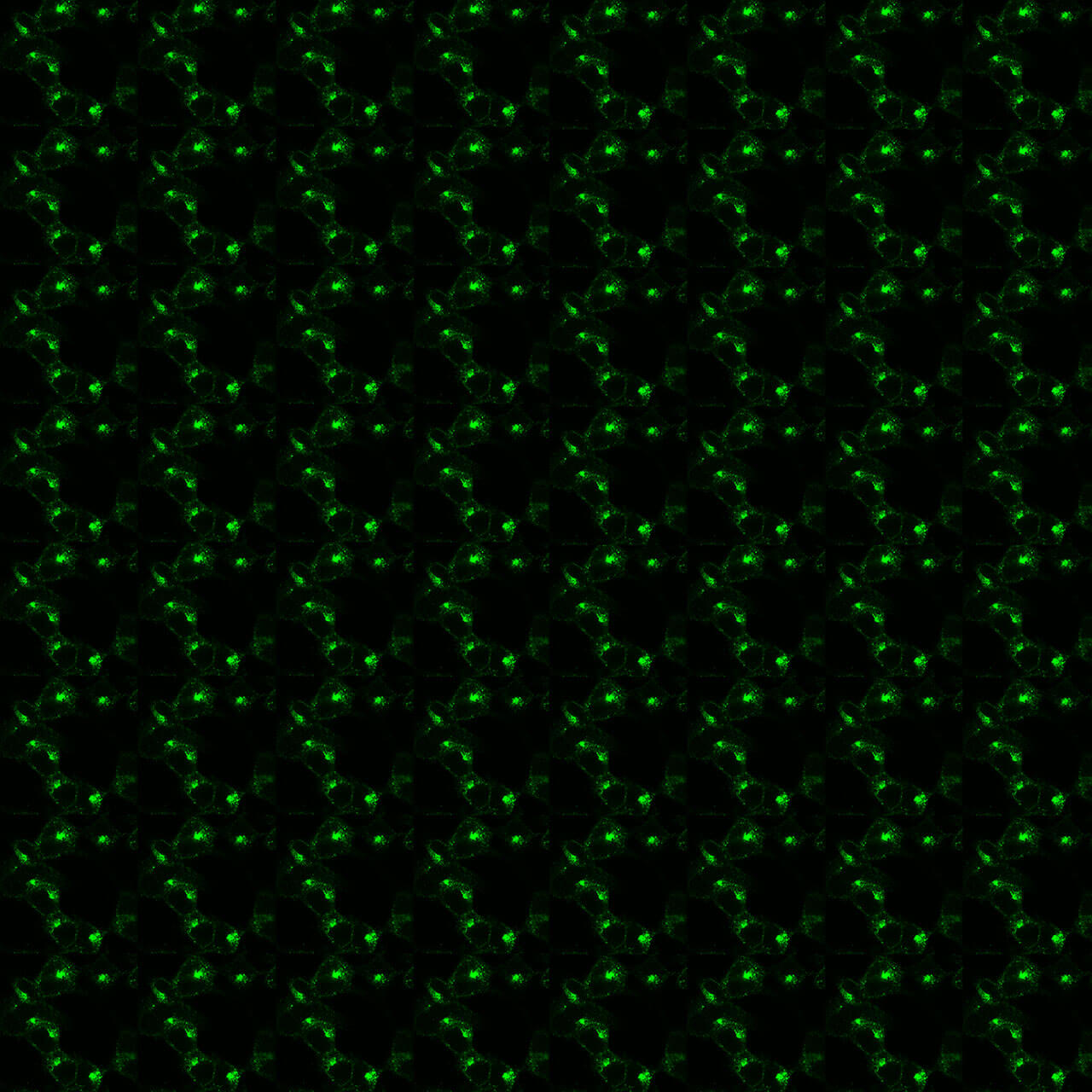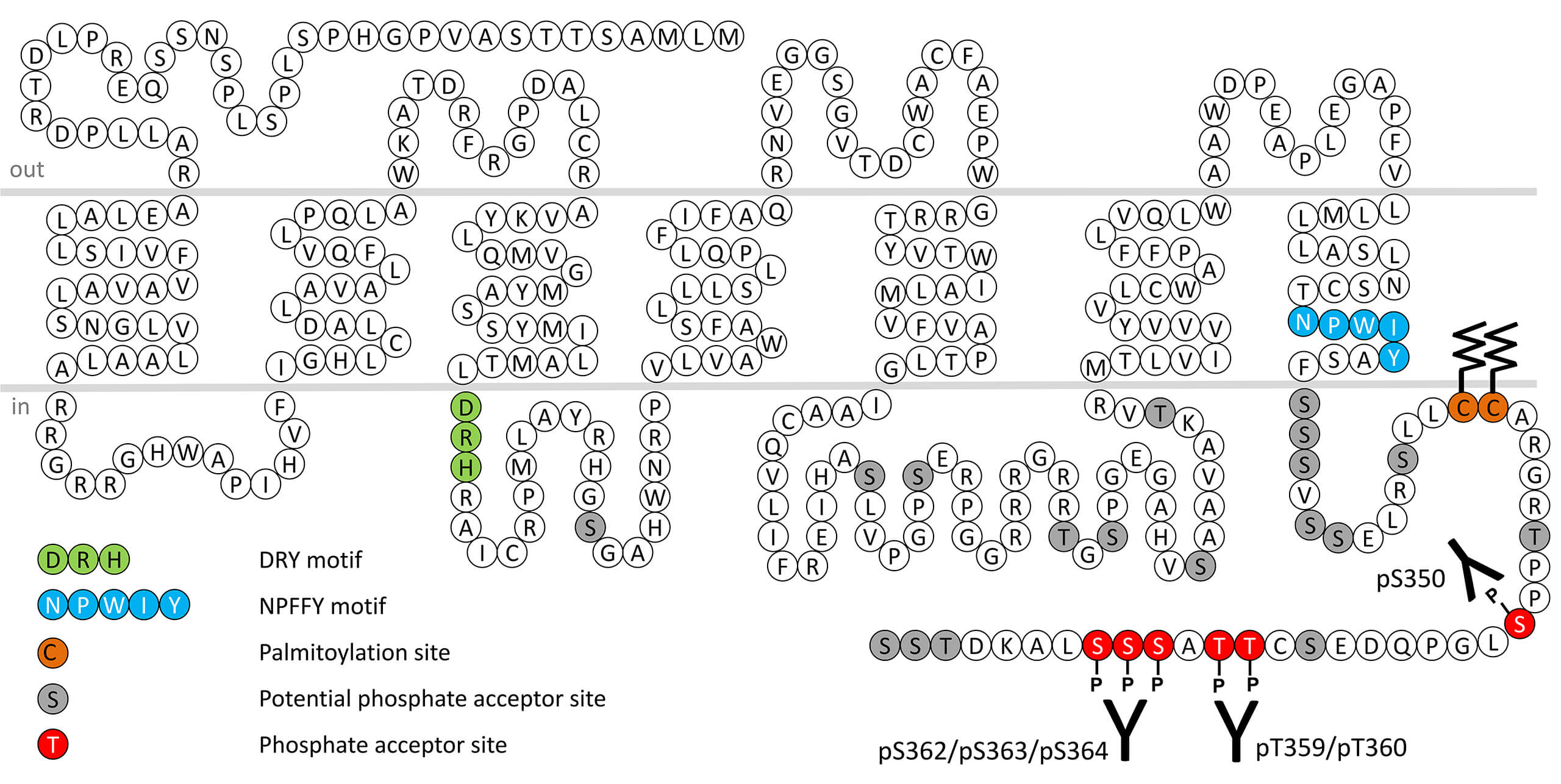No results were found for the filter!
NEW
 pS350-V2 (phospho-Vasopressin Receptor 2 Antibody)
pS350-V2 (phospho-Vasopressin Receptor 2 Antibody) Serine350 (S350) is major phosphorylation site of the Vasopresssin Receptor 2 (V2). The pS350-V2 antibody detects phosphorylation in response to agonists. S350 phosphorylation is likely to be involved in efficient ligand sequestration by...
$ 375.00 *
NEW
 pT359/pT360-V2 (phospho-Vasopressin Receptor 2...
pT359/pT360-V2 (phospho-Vasopressin Receptor 2... Threonine359/Threonine360 (T359/T360) is major phosphorylation site of the Vasopressin Receptor 2 (V2). The pT359/pT360-V2 antibody detects phosphorylation in response to agonists. T359/T360 phosphorylation is likely to be involved in...
$ 375.00 *
NEW
 pS362/pS363/pS364-V2 (phospho-Vasopressin...
pS362/pS363/pS364-V2 (phospho-Vasopressin... Serine362/Serine363/Serine364 (S362/S363/S364) is major phosphorylation site of the Vasopresssin Receptor 2 (V2). The pS362/pS363/pS364-V2 antibody detects phosphorylation in response to agonists. S362/S363/S364 phosphorylation is likely...
$ 375.00 *
Recently viewed


